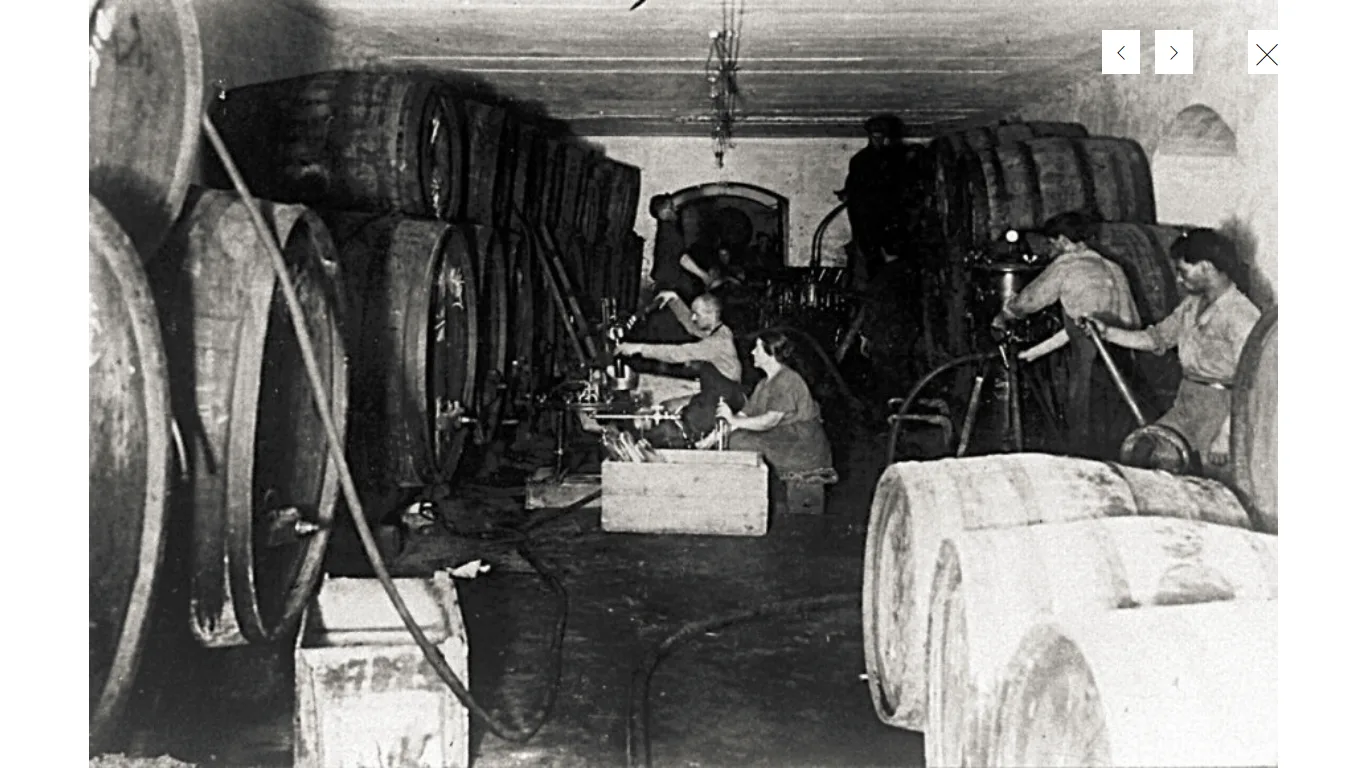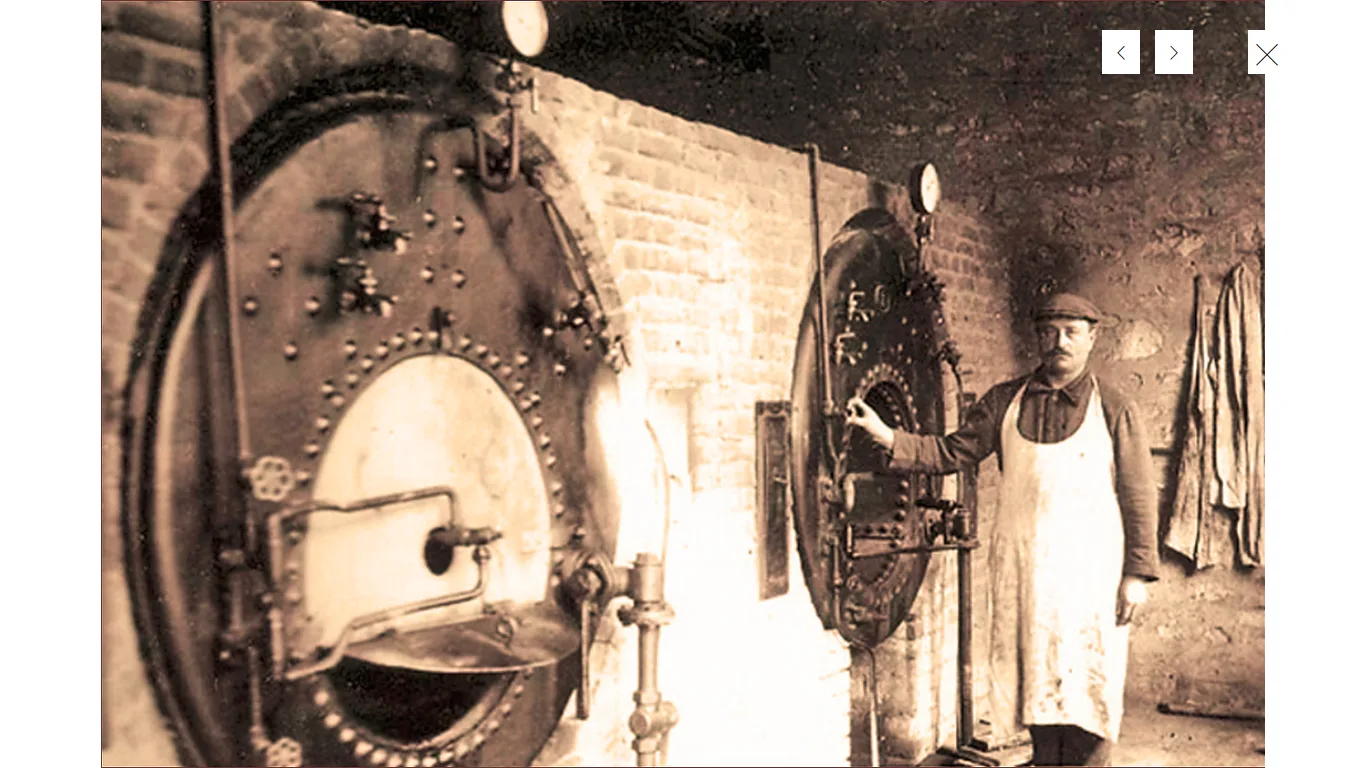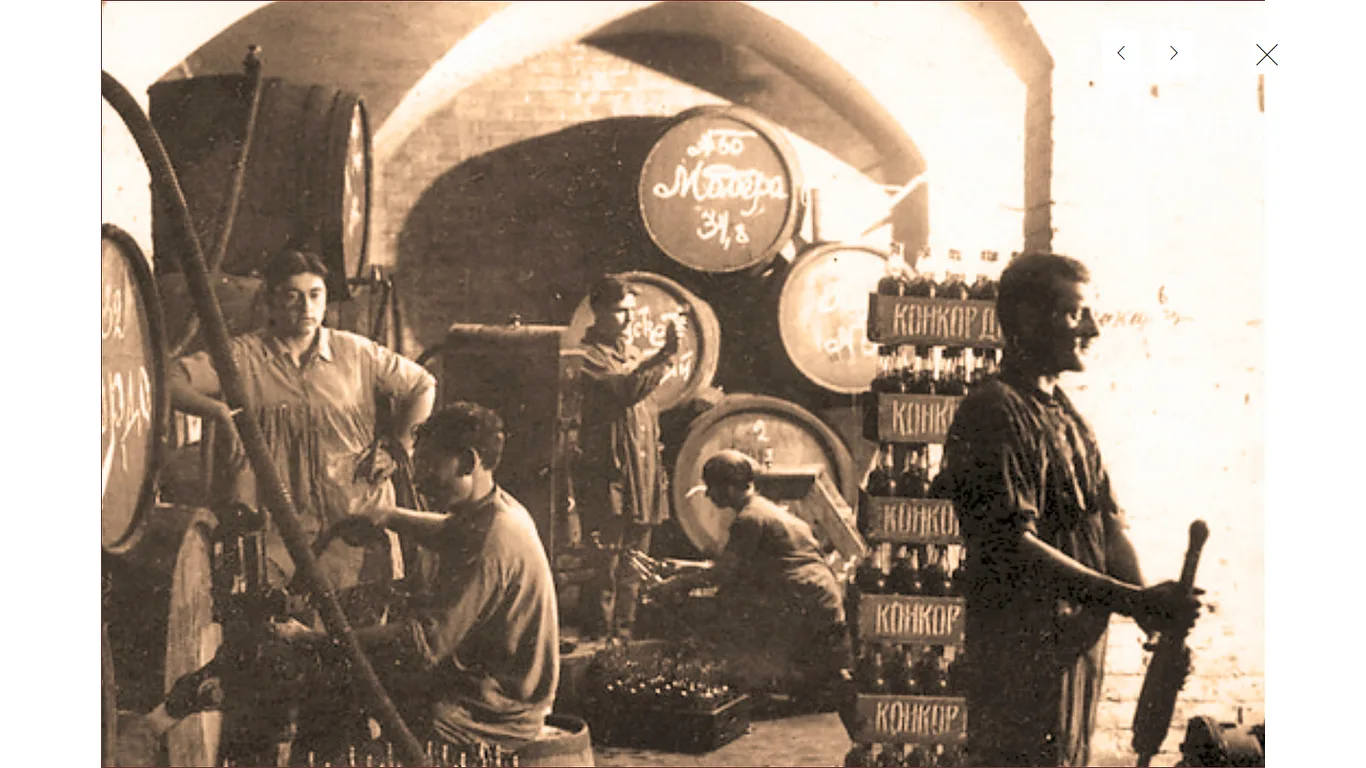History of Winemaking in Azerbaijan
Azerbaijani wine is produced in several regions throughout Azerbaijan. Prior to 20th-century communist rule, Azerbaijan had a thriving wine industry that dated back to the second millennium BC. Azerbaijan, considered to be one of the birthplaces of the vine, is very rich in grape varieties, not only for the production of table or technical grapes but also wild ones. According to a study, more than 600 local and introduced grape varieties can be found in Azerbaijan today. Azerbaijan was one of the major wine producers of the Soviet Union. Not only was the production area much larger than today, but yields were also much higher. After Mikhail Gorbachev’s “anti-alcoholism campaign,” the majority of vineyards were cleared, ruining the sector. In the beginning of the transformation process, the wine sector was not revitalized. The revitalization of the wine sector began at the beginning of the new millennium when a number of new companies were established. Right from the beginning, these new companies started to work with European experiences and technologies.
The production of technical grapes is divided into approximately 80% red wine grapes and 20% white wine grapes. 10,000 – 15,000 tons of these grapes are used for the production of sparkling wine and brandy.
Azerbaijan's long history of wine production was rediscovered at archaeological digs of settlements in Kültəpə, Qarabağlar, and Galajig where archaeologists discovered stone fermentation and storage vessels that included residue and grape seeds dating back to the second millennium BC. The Ancient Greeks were well aware of wine production in the area by at least the 7th century BC, according to Herodotus. Later, Strabo would comment in the 1st century BC about an Azerbaijani wine known as Albania. Arabic historians and geographers—most notably Abu'l-Fida, Al-Masudi, Ibn Hawqal, and Al-Muqaddasi—described the extensive viticulture around Ganja and Barda that was taking place even after the Islamic conquest of the area.
The most ancient national literature (seventh century) monument "The Book of Dede Korkut" mentions the existence of viticulture and winemaking in epic encounters. In the thirteenth century, the great Azerbaijani poet Nizami Ganjavi, the author of "Isgandarname" and "Seven Beauties," wrote poems that highlighted Azerbaijan's abundance of grapes and other fruits.
German colonies at the beginning of the last century played an important role in the development of viticulture and winemaking in Azerbaijan.
Since the fall of Communism and the restoration of Azerbaijani independence, ardent attempts have been made to revive and modernize the Azerbaijani wine industry. Today, vineyards are found in the foothills of the Caucasus Mountains as well as the Kur-Araz lowlands near the Kura River. In the 21st century, Ganja, Nagorno-Karabakh, and Nakhichevan have emerged as centers of wine production in the region.
Among the grape varieties used to produce Azerbaijani wine are Pinot noir, Rkatsiteli, Pinot blanc, Aligote, Matrassa, Podarok Magaracha, Pervenets Magaracha, Ranni Magaracha, Doina, Viorica, and Kishmish Moldavski. Local grape varieties indigenous to Azerbaijan include White Shani, Derbendi, Nail, Bayanshire, Gamashara, Ganja Pink, Bendi, Madrasa, Black Shani, Arna-Grna, Zeynabi, Misgali, Khindogni, Agdam Kechiemdzhei, Tebrizi, and Marandi.
The Azerbaijani wine industry has embraced European experiences and technologies, with new companies at the forefront of this revitalization. Efforts are underway to showcase the unique grape varieties and winemaking traditions of Azerbaijan, as well as to improve the quality and marketability of Azerbaijani wines.
Is Azerbaijan the 2nd Oldest Wine Region? (by Liz Thach)
Most experts agree that the cradle of winemaking most likely resides somewhere in the Caucasus Mountain region where vitus vinifera grape vines grow naturally in the foothills and valleys. However, the exact birth location of winemaking is in some dispute. Various archeological digs point to Georgia, Iran, Turkey, and, more recently, Azerbaijan.
Georgia claims to be the oldest wine region in the world due to wine residue found on the inner surfaces of 8000-year-old jars in the village of Shulaveri. At the Hajji Firuz site in northern Iran, Dr. Patrick A. McGovern’s team found wine residue in jars from 7,400 years ago. More recently, a team of international researchers in the Henan Province of Central China discovered wine residue from 9,000 years ago, but not of vitus vinifera grapes.
Though Azerbaijan does not claim to be the oldest winemaking region in the world, it could be a contender. Indeed Dr. Patrick A. McGovern mentions evidence of grapes and possible winemaking dating to the 7th Millennium BC at Shomu-Tepe in his book Ancient Wine. Shomu-Tepe is located near Tovuz in the northern region of Azerbaijan near the Georgian border.





